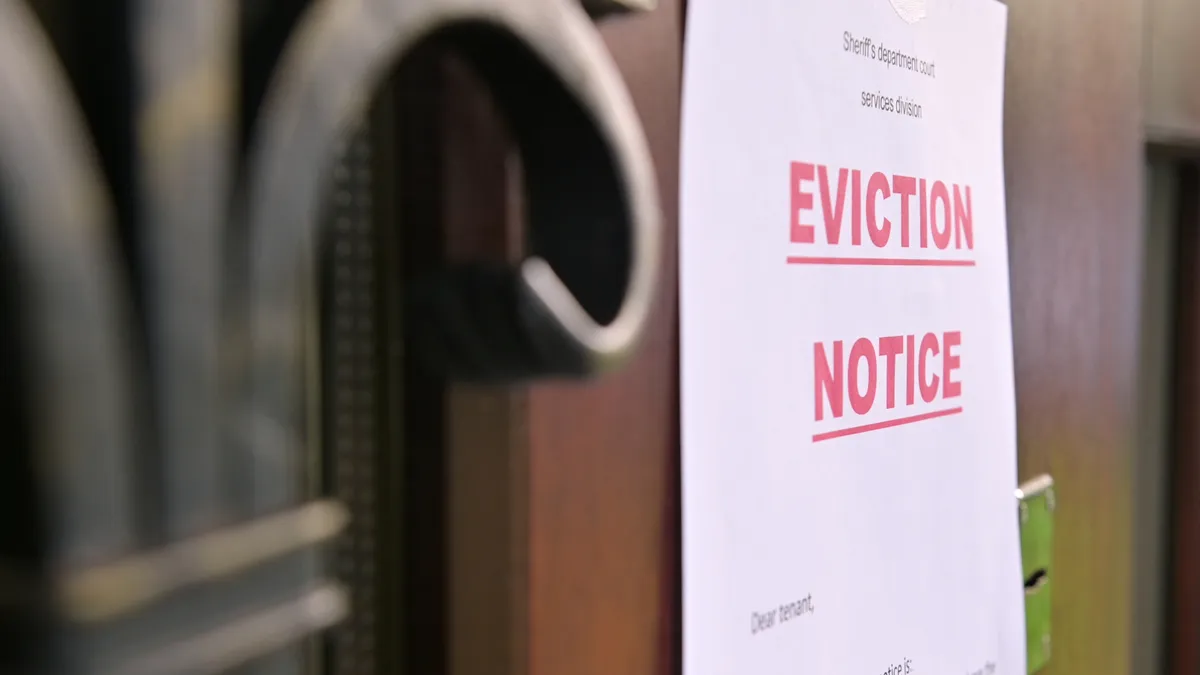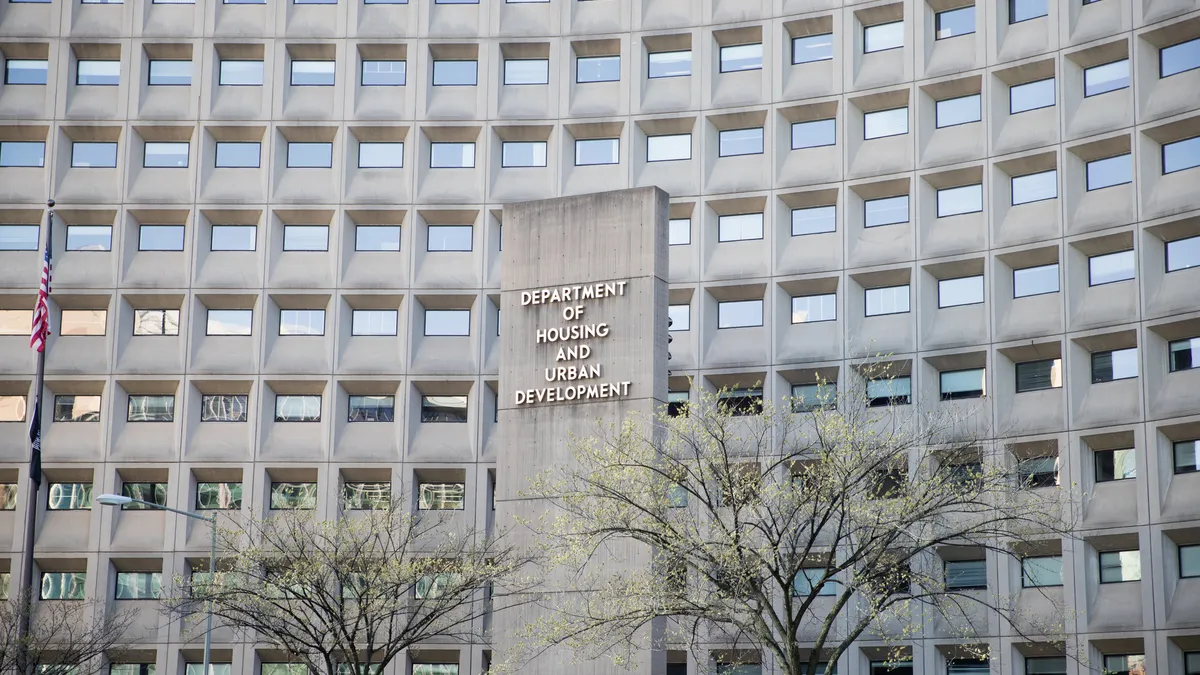Evictions increased after the U.S. Supreme Court lifted a national eviction moratorium established at the start of the COVID-19 pandemic, housing experts say.
“In general, after the national eviction moratorium ended, evictions began to increase, and even now, we see eviction rates increasing,” said Lauren Lowery, director of housing and community development at the National League of Cities. Many local and state moratoriums have also been lifted.
In June, the Federal Reserve published research that found municipal, state and national eviction moratoriums contributed to fewer eviction filings. In addition, rising inflation and increasing rents over the past year have also contributed to evictions and lease non-renewals, said Marie Claire Tran-Leung, evictions initiative project director at the National Housing Law Project.
The Eviction Lab at Princeton University has tracked eviction rates in 10 states and 35 cities beginning at the start of the pandemic. Since October 2022, eviction rates have grown in nearly one-third of those states and cities, said Adam Chapnik, an Eviction Lab research specialist.
In Tampa, Florida, one of the communities tracked by Eviction Lab, evictions rose from 233 during the last week of August 2021 — the final week of the CDC’s national moratorium — to 270 about two months later. During the week of February 19, 2023, 431 evictions were filed compared to 307 during the week of March 15, 2020 — just before many pandemic shutdowns took effect.
Evictions can have a “devastating impact” on renters, a 2020 report by the Urban Institute found. Often, one eviction filing damages a renter’s ability to obtain rental housing in the future, as landlords screen out potential tenants with eviction records.
A recession could spur further increases in eviction rates, said Karen Lightman, executive director of the Metro 21: Smart Cities Institute at Carnegie Mellon University. But the increases might be temporary, as rents would likely come down, helping to level out evictions in the longer term, she added.
Reducing eviction rates
Even without eviction moratoriums, cities and states can limit eviction filings through various policy initiatives, many of which are well-known, Lightman said. One is providing rental assistance to renters at risk of being unable to pay their rent, she said.
Another is offering mediation so landlords and tenants, particularly those who’ve been decent renters but have encountered financial setbacks, can work through disputes and develop payment plans before turning to the courts, Lightman said. That can help renters and landlords, as it’s generally less expensive and time-consuming to work with a current tenant than to find a new one, she added.
Informing renters about available assistance is critical, too, Lightman said. “You need lots of outreach in the community to people who are on the margins,” she said. People eligible for assistance often don’t know they qualify, especially if they are not native English speakers, she added.
In its report, the Urban Institute reviewed a 2018 program in Ramsey County, Minnesota — which includes St. Paul, the state’s capital city — designed to prevent eviction filings by assisting earlier in the eviction process through emergency housing funds, legal services and mediation, among other steps. Having co-located services, or service providers located within one facility, reduced the logistical burden of eviction prevention, the Urban Institute found. The report noted that the program helped cut eviction judgments by 18% and doubled the number of expungements.
Providing tenants with legal representation through “right to counsel programs” can also help people remain housed, the Eviction Lab’s Chapnik said. A 2022 study by Princeton Economics found tenants with lawyers “were considerably less likely to be subject to possessory judgments, less likely to have eviction warrants issued against them, and face smaller monetary judgments,” such as owing less back rent, among other findings.
Another important step is sealing eviction records, said Eric Sirota, director of housing justice at the Shriver Center on Poverty Law. “Eviction cases are public filings. They mark people in need of housing with a scarlet E,” he said. Even when there’s no judgment against a tenant, a filing can make it difficult to find housing in the future, Sirota said.
Additional housing assistance should also be available without preconditions, he added, noting that people with an arrest or conviction history need places to live. Similarly, housing discrimination based on income source should be banned, Sirota added. “Landlords have to be willing to accept housing vouchers or emergency rental assistance for those programs to do more public good,” he said.

















